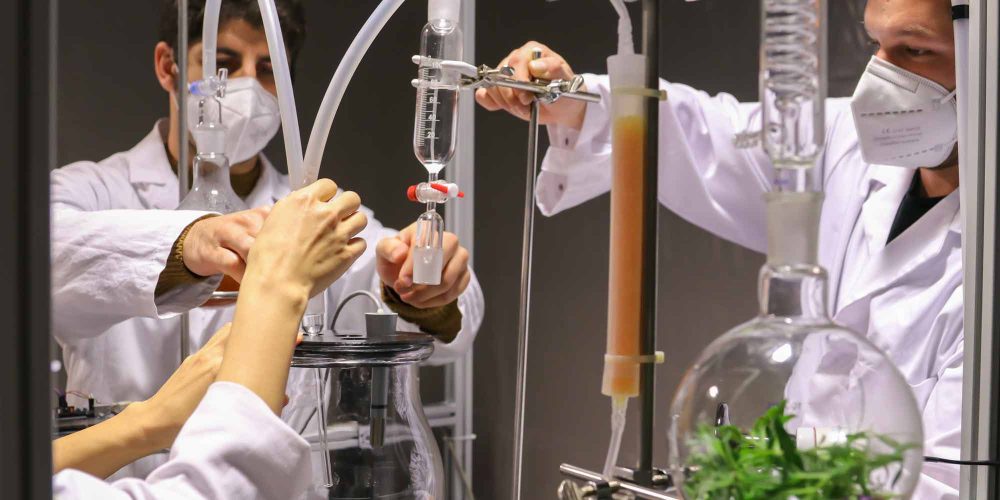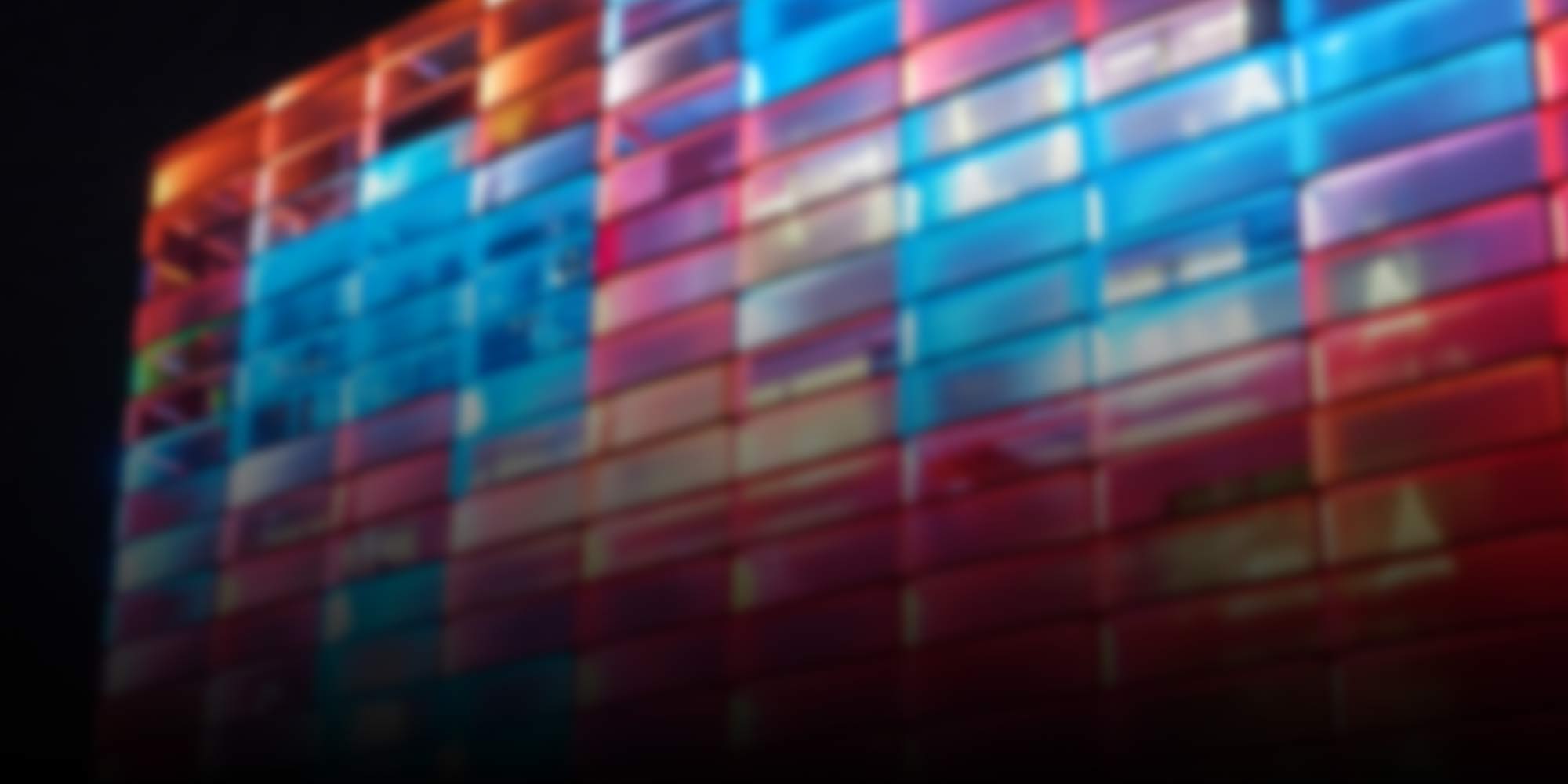
Photo
-

Throwback: Spaxels
Spaxels are autonomous drones that can be moved freely in space to form dynamic, three-dimensional figures in the night sky.
-
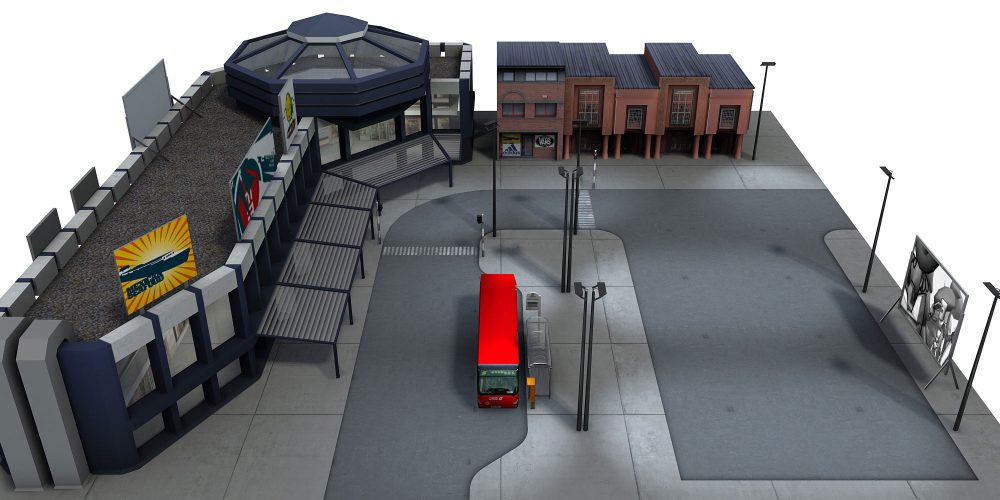
Throwback: City Puzzle
City Puzzle by the Ars Electronica Futurelab was an interactive simulation environment that let you create virtual urban landscapes.
-
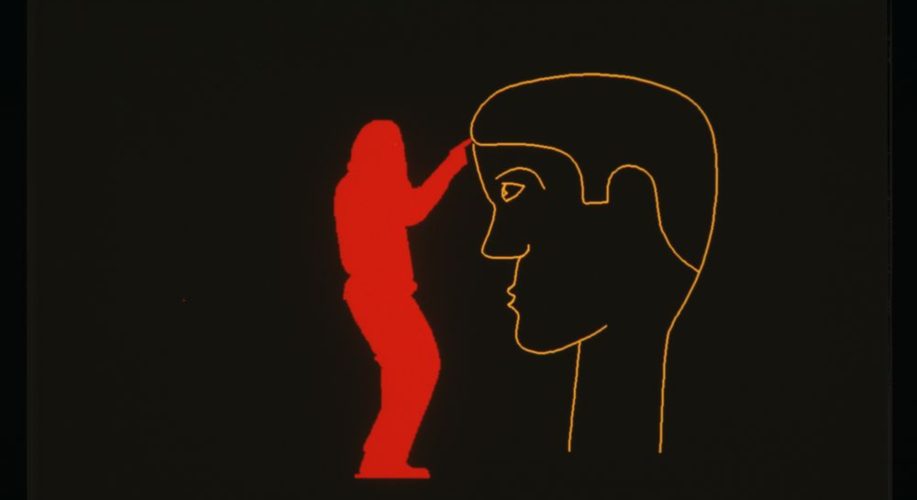
Throwback: Videoplace
In 1990 the time was ripe to take the next evolutionary step in the development of Prix Ars Electronica by adding a new category for “Interactive Art”.
-

Throwback: Morphovision
The Morphovision image processing system worked with real objects and opened up new possibilities for plastic design.
-
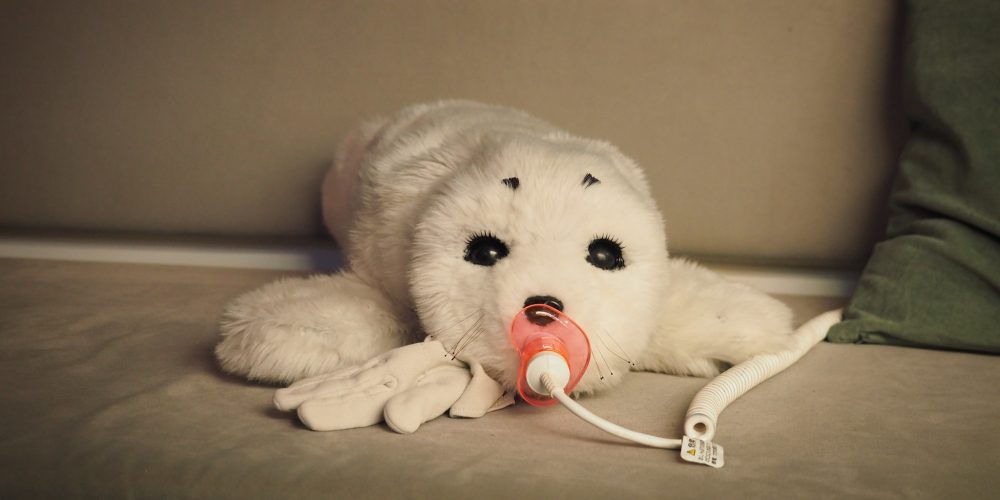
Throwback: Paro the robot seal
Paro, an assistant robot with the appearance of a seal, was a visitor magnet at the Ars Electronica Center for years.
-
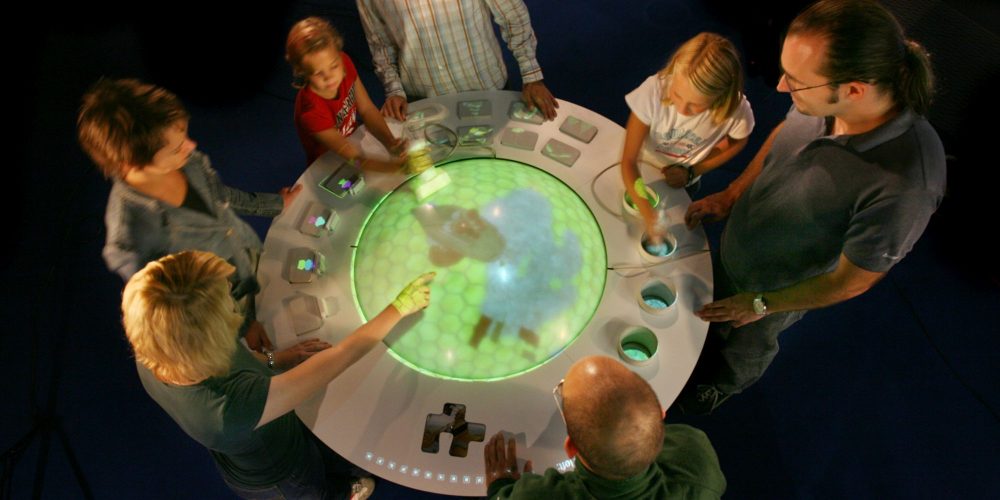
Throwback: Gulliver’s World
Gulliver’s World, the further development of Gulliver’s Box, was a multi-user mixed reality system developed by the Ars Electronica Futurelab.
-
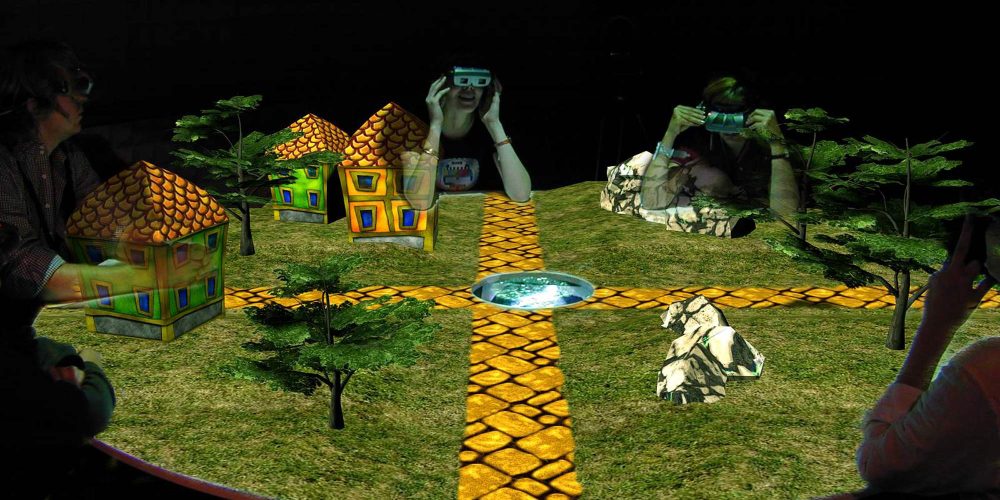
Thowback: Gulliver’s Box
In Gulliver’s Box, the process of creative design, display and perception were brought together in a single environment.
-
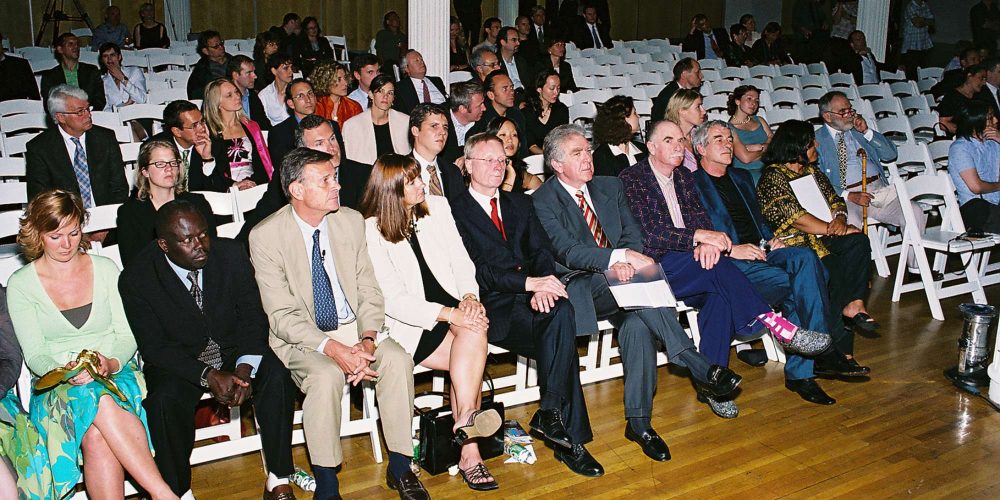
Throwback: Ars Electronica goes international
On the occasion of its 25th anniversary in 2004, the time seemed ripe for Ars Electronica to finally go global.
-
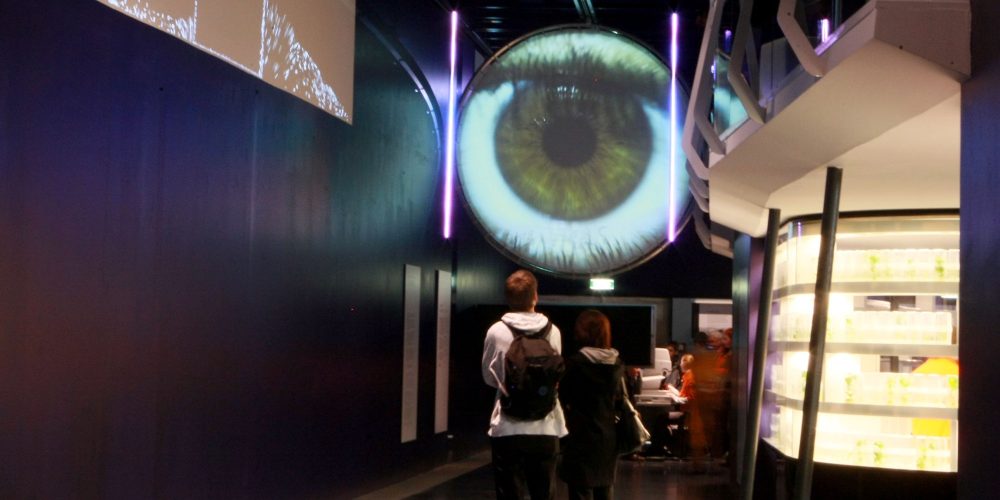
Throwback: The first Ars Electronica Labs
The new Ars Electronica Center in 2009 had not only gained more exhibition space and urban visibility, but had also used the opportunity to completely reinvent itself.
-
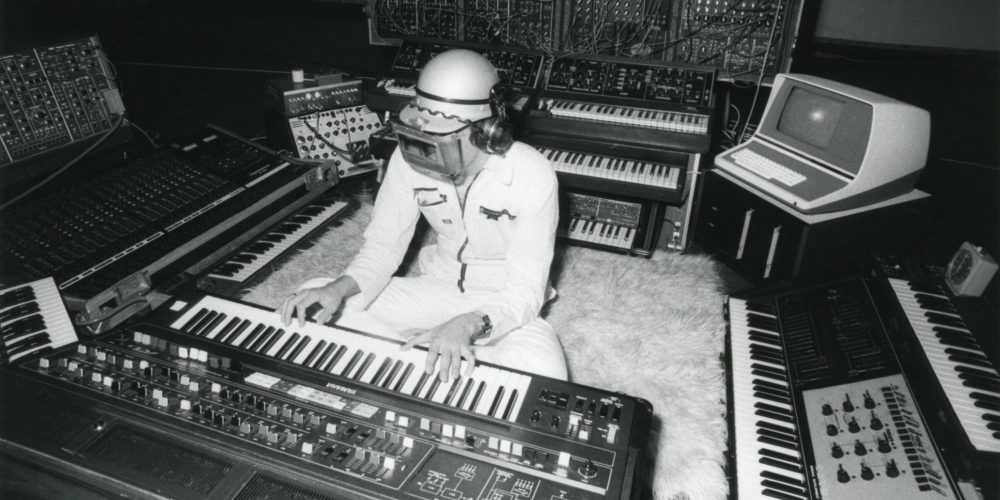
Throwback: Linz Steel Symphony
In 1980, electronic music pioneer Klaus Schulze opened the Ars Electronica Festival with a concert of live recorded sounds from the Linz steelworks voestalpine.
-
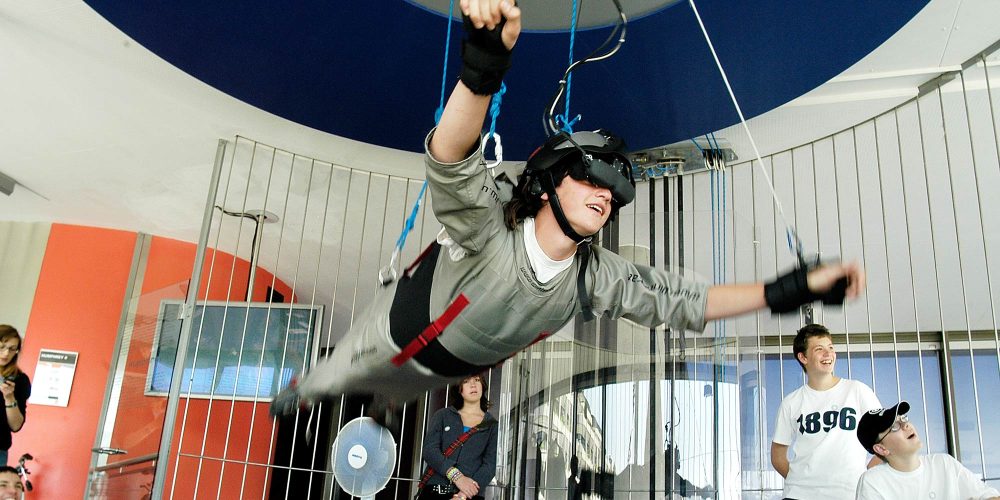
Throwback: Humphrey the flight simulator
Howering just a few meters above the lobby of the Ars Electronica Center, an installation called Humphrey promised a very special kind of experience which was connceted to a deeply human desire.
-
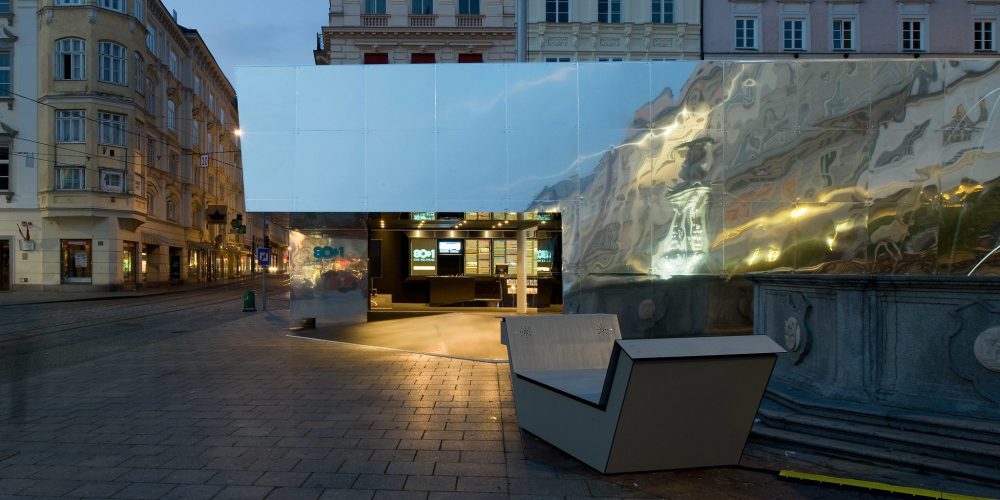
Throwback: A journey around the world in 80+1 days
On the occasion of the news about the passing of Linz09 artistic director Martin Heller, we travel back to the Capital of Culture year 2009 and take a look at the project “80+1 – A Journey around the World”.
-

Throwback: The Cloud in the Web
33 years after the very first Linzer Klangwolke in 1979, which marked the beginning of the Ars Electronica Festival, Ars Electronica got the chance to create the 2012 Klangwolke.
-
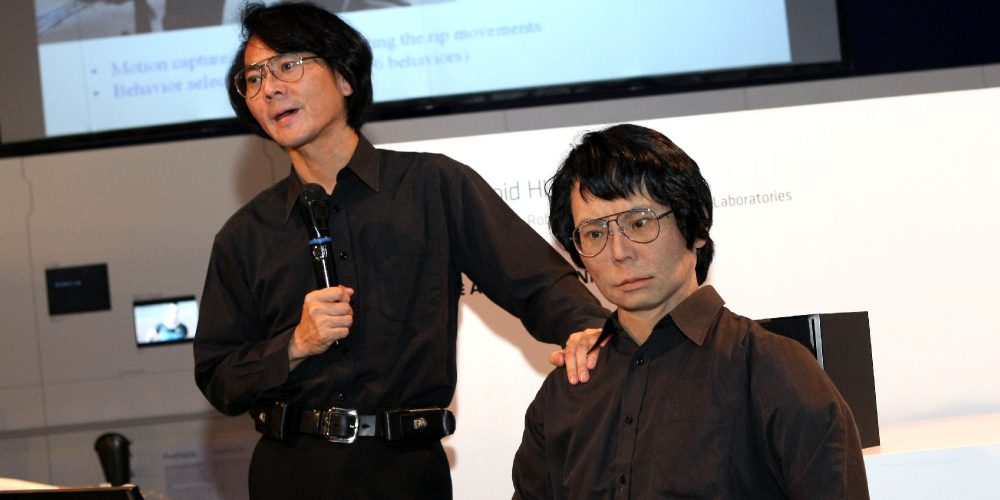
Throwback: Robots and Androids are among us
In 2009 and 2010, the Ars Electronica Center had special visitors of a somewhat different kind.
-

EXPO 2020 is officially open
After a year of Corona-related delays, Expo 2020 officially opened in Dubai on October 1. We have some insights for you.
-
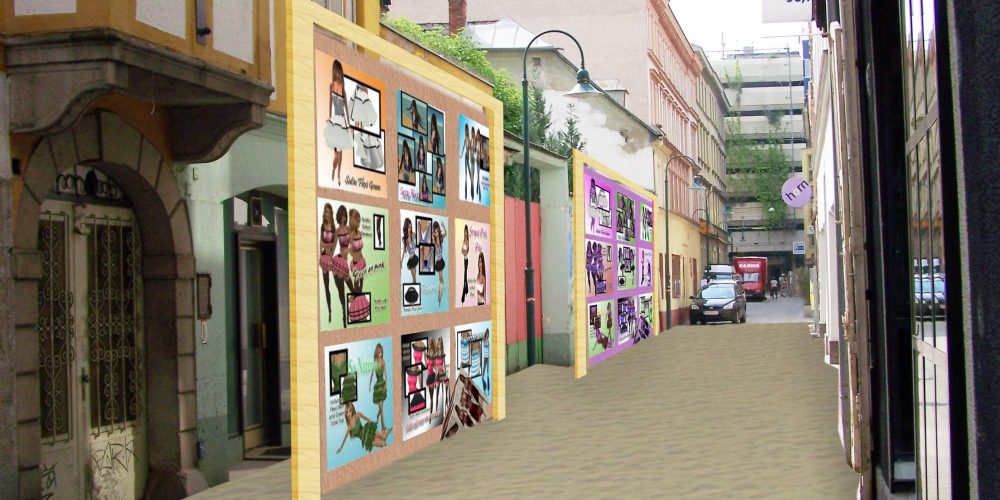
Throwback: Second City
In 2007, during the Ars Electronica Festival, Marienstaße in Linz became a transition zone into virtuality for one week.
-

Throwback: Goddess on new paths
What does a Greek goddess of victory have in common with the Prix Ars Electronica? More than you might think!
-
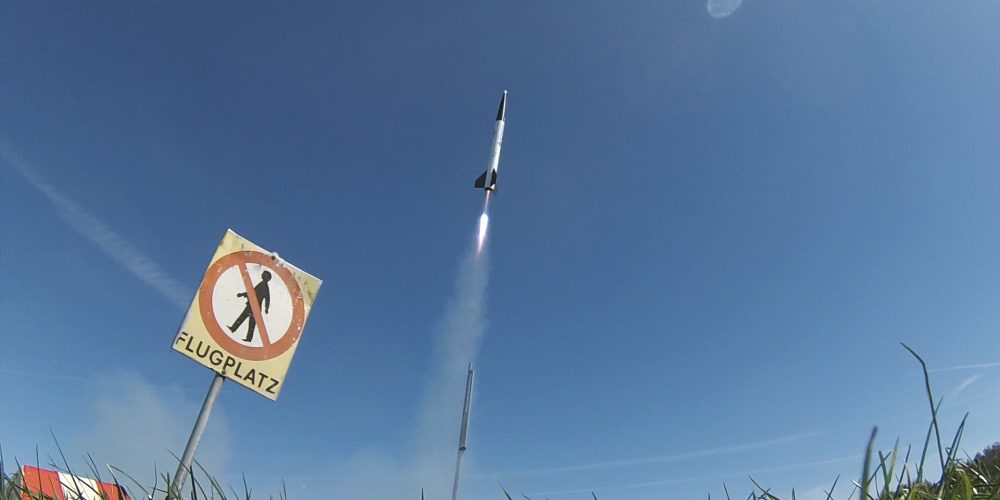
10 Years of CanSat Competition!
2020 marked the 10th anniversary of the CanSat competition. With a Corona-related delay, this year’s celebration is underway – and the next competition is already ready to start.
-

Throwback: Going to the Country
In 2006, the Ars Electronica Festival moved for the first time to the baroque St. Florian Monastery of the Canons Regular of St. Augustine.
-

Throwback: The new generation
In 1998 a new category was introduced at the Prix Ars Electronica – “Cybergeneration U19”.
-
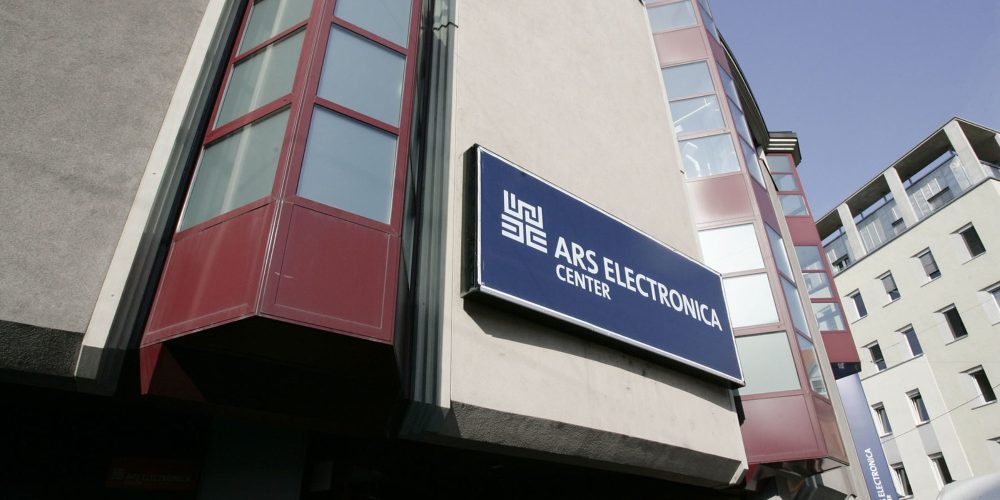
Throwback: The temporary museum
While the new Ars Electronica Center was built on the northern bank of the Danube, the museum made a guest appearance in downtown Linz until the end of 2008.
-
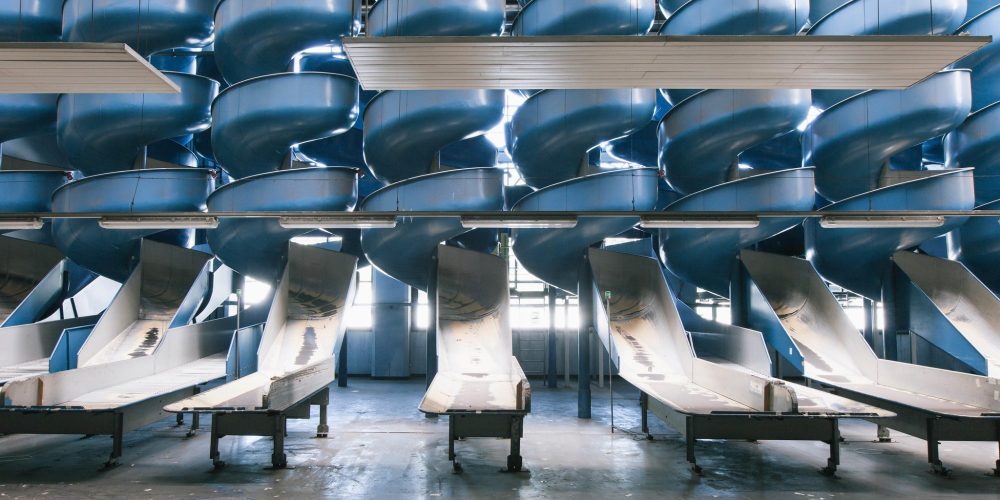
Throwback: In Search of a new Festival location – The POSTCITY
With the Ars Electronica Festival 2021 at Johannes Kepler University being around the corner, let’s take a look back at the location that re-invented the Festival as a platform – the POSTCITY.
-

Throwback: The Museum of the Future
1996 was a major turning point for Ars Electronica as an institution. For around four years a background process had been underway to fundamentally change Ars Electronica: the creation of the Ars Electronica Center.
-
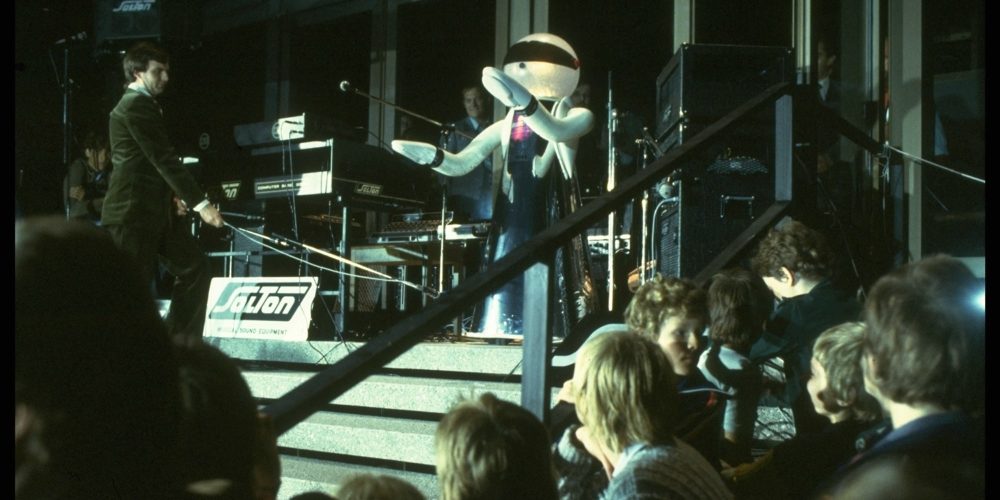
Throwback: The first Ars Electronica Festival
On September 18, 1979, the very first Ars Electronica Festival saw the light of day and laid the foundation for the Ars Electronica success story.
-

Throwback: The CAVE
In 1996, the CAVE, a room in which you can fly through the air, was created in the recently opened Ars Electronica Center.
-
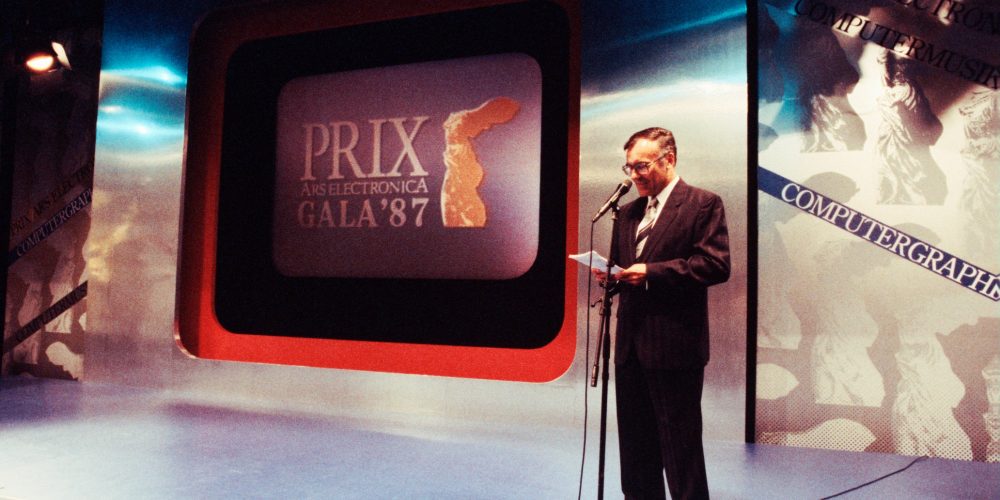
Throwback: The first Prix Gala
In 1987, the Prix Ars Electronica was announced for the first time.
-

Throwback: The new Ars Electronica Center
On the occasion of the Capital of Culture Year 2009, the Ars Electronica Center was remodeled and expanded.
